The sudden rise in the popularity and use of cryptocurrency has attracted its own set of challenges in risk and security management…
Weaknesses and threats that could compromise the integrity of digital user assets and currencies are growing exponentially day by day. In fact, in February 2025 alone, crypto exchange ByBit saw North Korean hackers steal USD 1.5 billion in Ethereum tokens. It far surpassed any previous crypto thefts, making it the largest and undoubtedly the most daring cryptocurrency heist in history.
With the digital landscape evolving, the complexity of threats facing blockchain technologies and cryptocurrencies is even greater. In this digital battleground, artificial intelligence (AI) has emerged as a formidable ally, leveraging machine learning (ML) algorithms to analyse vast amounts of data in real-time and designing innovative solutions to augment security measures. Has AI emerged as a beacon of hope and the ultimate solution to help mitigate and possibly prevent such potential cryptocurrency threats and crimes in the digital era?
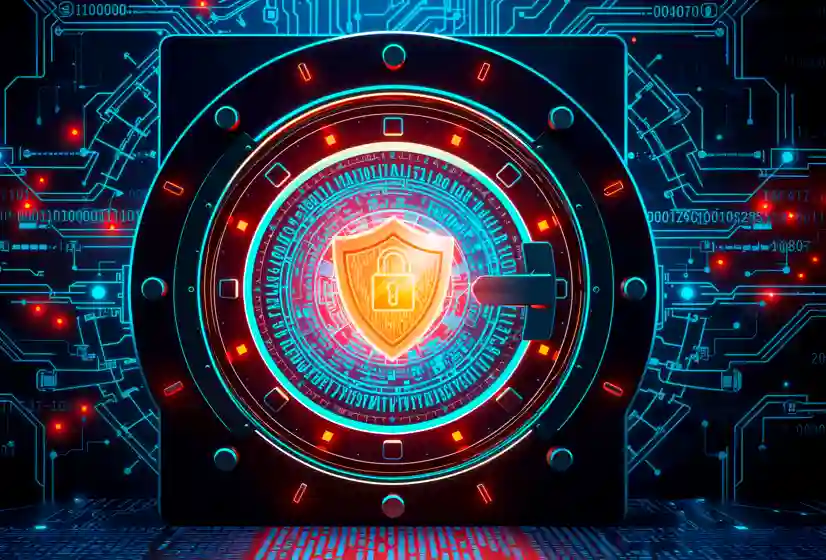
Cryptocurrency and the Rise in Cyber Threats
The expansion of the cryptocurrency market has resulted in a burgeoning increase in the number and kind of cyber threats targeting digital assets. Cybercriminals, hackers, and attackers are constantly developing new techniques to exploit digital vulnerabilities, from phishing attacks to smart contract exploits. Insider threats, exchange hacks, ransomware attacks – the list of sophisticated digital attacks is ever-increasing.
Moreover, since crypto functions in a decentralised environment, security is even more complicated and requires aggressive and innovative solutions. Hence, it’s imperative to understand the evolving nature of these threats to implement effective security measures. This is where AI’s promise lies – by providing automated, designed responses and advanced analytics to enhance security.
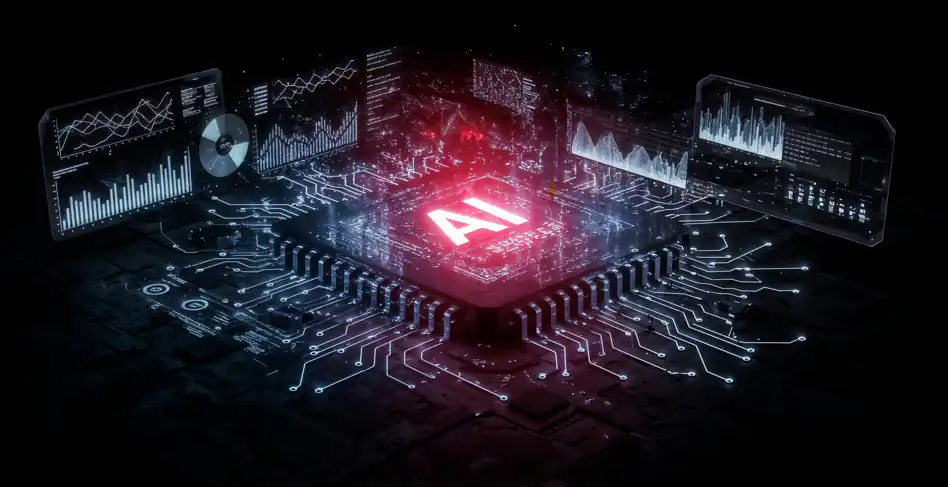
AI-Powered Threat Detection
The ability of AI to detect threats in real-time is one of its most significant advantages when it comes to cryptocurrency security. Since traditional security systems usually work on predefined rules, they grossly fall short in recognising emerging threats. However, AI algorithms are proactive in analysing huge amounts of data and learning from patterns, allowing them to pinpoint unusual behaviour and potential attacks. Hence, crypto security systems can respond swiftly, thus minimising the risk of breaches.
Deploying AI-powered threat detection systems is now increasingly critical for protecting digital assets. This includes continuous learning systems that improve detection capabilities, automated alerts notifying stakeholders of possible security incidents, behavioural analytics for assessing user activity and flagging suspicious transactions, natural language processing (NLP) models analysing online forums and social media for new and emerging threats, and ML algorithms identifying anomalies in transaction patterns. Furthermore, AI models are invaluable in identifying real-time “out of range” data, after having established the standard for “normal” data ranges.
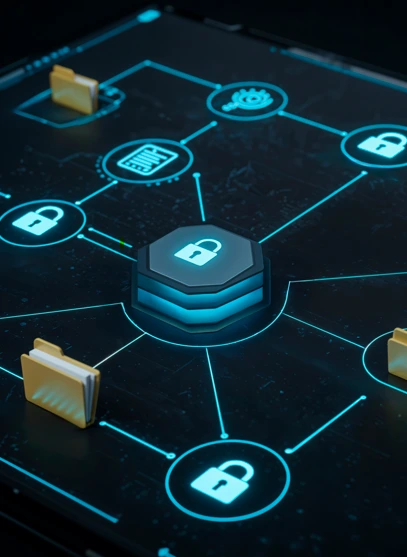
AI And Risk Management
In the cryptocurrency landscape, where uncertainty and volatility are so prevalent, effective risk management is critical. AI algorithms can provide predictive analytics and data-driven insights, greatly helping in evaluating and managing these risks.
By analysing market trends and historical data, AI models can sound a warning signal for potential risks and even recommend mitigation strategies. It’s this capability of AI that allows cryptocurrency and blockchain stakeholders to make informed decisions, allocating resources more effectively. Here’s how deploying AI can lead to more resilient cryptocurrency ecosystems:
- AI-driven insights will greatly help regulatory compliance frameworks.
- Real-time AI analytics can monitor risk levels, adjusting strategies accordingly.
- AI scenario analysis can prepare for extreme market volatilities and potential downturns, and their effects.
- Risk assessment AI tools evaluate exposure to all kinds of digital and cryptocurrency assets.
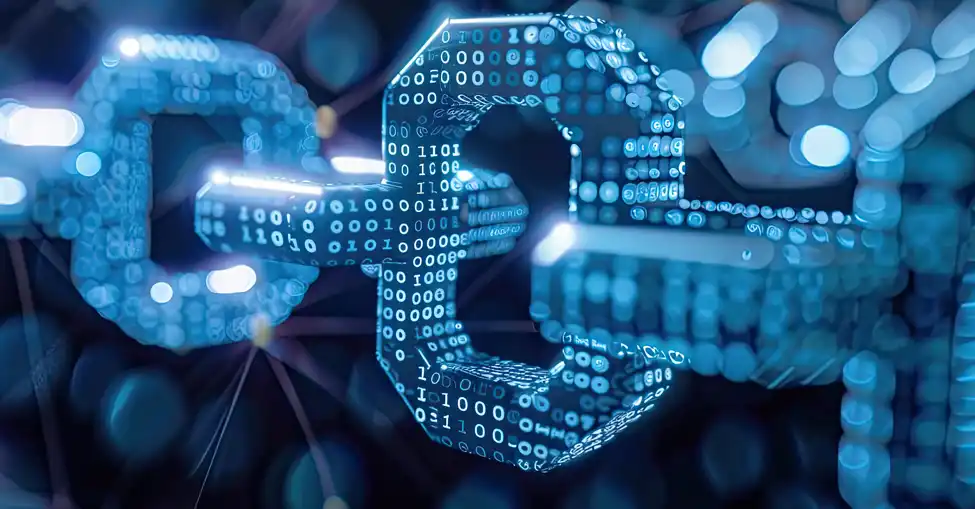
AI and the Integration of Smart Contracts
Smart contracts, built on blockchain technology, are automated agreements that execute transactions based on a predefined set of conditions. Thus, integrating AI with smart contracts could significantly enhance their functionality and security.
Smart contracts eliminate any potential for fraud and manipulation by analysing data inputs more intelligently, automating transactions, and enforcing conditions without any human error or intervention. This allows for more responsive and dynamic agreements. Moreover, AI can also weed out vulnerabilities in smart contracts, making sure that they work as they were intended without exposing the users to any risks.
It’s this synergy between smart contracts and AI that’s paving the way for more efficient and secure decentralised applications (dApps). Here’s what AI can do for smart contracts for cryptocurrency and the blockchain, besides validating their security and logic:
- Designing enhanced user interfaces that provide insights into contract risks and performance.
- Use predictive analytics to anticipate and mitigate risks associated with contract terms
- Monitor the execution of the contract in real time to detect anomalies.
- Automate auditing processes for identifying any potential flaws before the deployment of smart contracts.
In today’s rapidly evolving cryptocurrency economy, the line between regulations and innovations is being redrawn constantly. With cryptocurrencies gaining heightened mainstream acceptance, they’re also becoming prime targets for financial crimes.
AI can build a safer digital environment and ecosystem for crypto with continuously evolving and innovative solutions. They, in turn, will find greater and wider acceptance from crypto exchanges, developers, stakeholders, and, most importantly, users through continuous awareness and education, fostering an atmosphere of trust in the entire ecosystem and keeping cyber threats at bay.
In case you missed:
- Crypto Heists: How To Keep Your Cryptocurrency Safe?
- Let The Games Begin: All About Crypto Gaming
- AI Firewalls and How They Protect Your Data
- A Beginner’s Guide to Cryptocurrency Trading in India – Part 1
- Everything you need to know about Pi Network
- Pi Day 2025: What Awaits The Pi Network on March 14th?
- A Beginner’s Guide to Cryptocurrency Trading in India – Part 2
- The Life of Pi Network – FAQs and Everything Else You Want To Know
- Should I Use An Anonymous Crypto Wallet?
- Cryptocurrency Cloud Mining: How Does It Work?


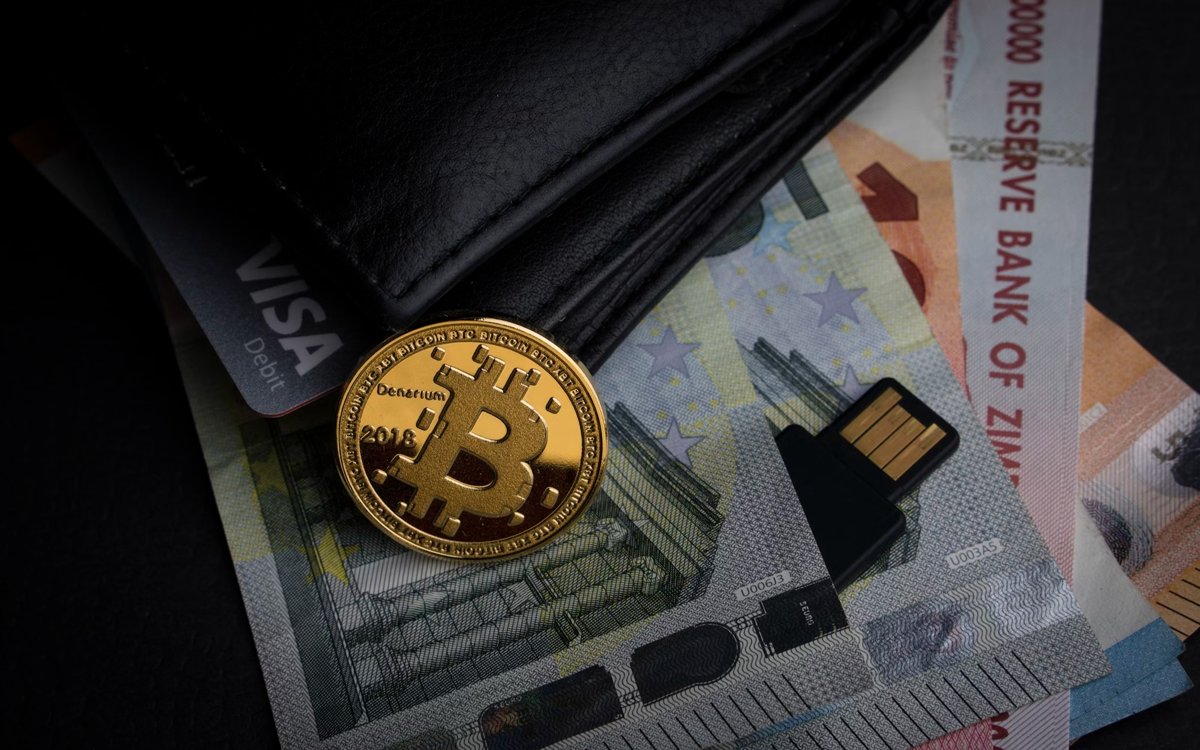






 English (US) ·
English (US) ·